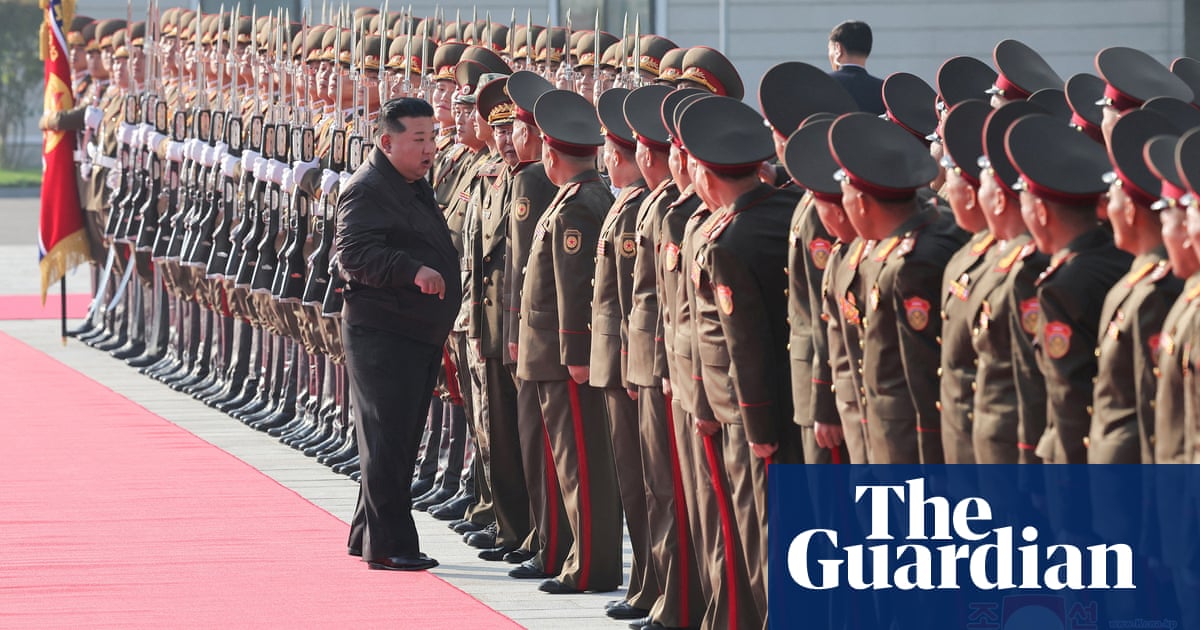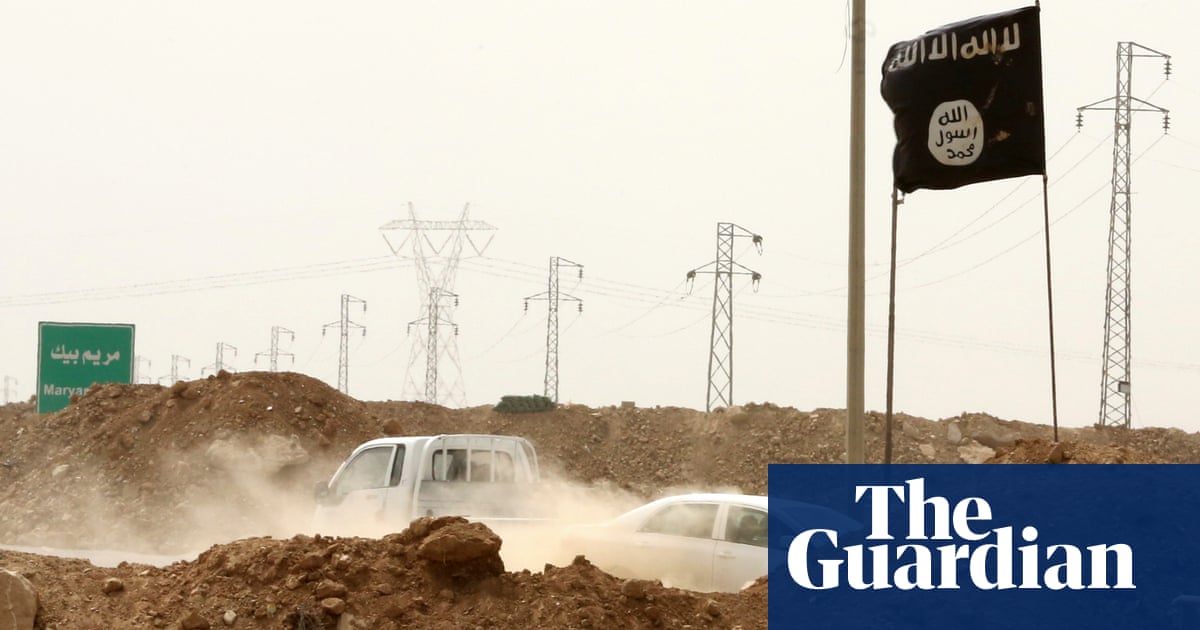Ukraineâs president, Volodymyr Zelenskyy, got to the point in his presidential address last night: âAnother state,â he said, was âjoining the war against Ukraineâ. He was referring to the growing intelligence that shows elite soldiers from North Korea are in Russia preparing to join what has become a fight that, in effect, extends all the way across Asia.
The effect will be greater than the numbers believed to be involved. On Friday, South Koreaâs National Intelligence Service (NIS) reported that 1,500 members of Pyongyangâs special forces had crossed the border to Vladivostok in Russiaâs far east to begin training and some degree of participation in the war in Ukraine.
In the past, isolated North Korea has sent pilots to Egypt, where they fought against Israel in the 1973 Yom Kippur war, and to Vietnam, where some flew sorties in secret against the US forces. But Pyongyang has never deployed such a large number of its troops abroad.
They represent the first element of what could be a 12,000-strong, four-brigade deployment, which represents a meaningful commitment â though still modest against the roughly 600,000 Russian troops already inside Ukraine. Given that Russia is losing an estimated 1,200 fighters a day in killed and wounded casualties during its autumn eastern offensive, the North Koreans could be quickly expended on the frontline.
It is not known what the North Koreans will do, though given Russiaâs frontline tactics, which remain relatively careless of human lives, it is hard to imagine they would be dispatched into a winter effort to take Pokrovsk or another key location on Ukraineâs eastern front.
But Sam Cranny-Evans, of the Royal United Services Institute thinktank, says the North Korean troops could be used in a variety of other roles: near the frontline âto support logistics and engineering â moving ammunition, digging fortificationsâ or deeper to the rear or inside Russia to free more of the Kremlinâs own troops, or simply to go âon a training rotationâ where they would âsimply be gaining combat knowledgeâ.
There is plenty for North Koreaâs forces to learn, including on how cheap £300-£400 drones are shaping the battlefield in Ukraine, preventing concentrations of forces, and reducing the possibility of surprise.
But there are also evident political advantages for both parties, most notably a significant tightening of the relationship between two members of the âAxis of Upheavalâ â the Russia, China, Iran and North Korea grouping whose members, to varying degrees, want to challenge western military hegemony.
âRussia has offered the kind of political support to Pyongyang that previously was seen only in Beijing, and emboldens the North [of Korea]. It may also be providing missile technology and possibly submarine technology,â said Richard Fontaine, the chief executive of the Center for a New American Security, a US thinktank, arguing that the Kremlin was using the war in Ukraine as an accelerant to bring the two countries together.
after newsletter promotion
But South Korean intelligence has touched on something more significant, at least for Russia. The NIS believes it has monitored 70 shipments of munitions â shells, missiles and anti-tank rockets â going from North Korea to Russia since August last year, transporting on its estimate 8m rounds of arms, including Russian 152mm and 122mm shells so crucial for Moscowâs destructive frontline assaults.
If correct, these are significant quantities, and come at a time when the US election means it is unclear if military aid â gifts of weapons â to Ukraine from the worldâs remaining superpower will continue. Europe continues to struggle to ramp up its own munitions production, with the EU acknowledging that at the end of August it had only delivered 650,000 shells out of the 1m it had promised to send before April.
A $50bn loan for Ukraine from G7 countries funded from the interest accrued on Russian assets frozen by the west is expected to be confirmed as the World Bank and IMF meet later this week, which may help offset some of the pressure. But Russiaâs relentless focus on prosecuting the war and deepening its relationship with one of the few allies willing to help it shows that the challenge faced by Kyiv remains intense.



